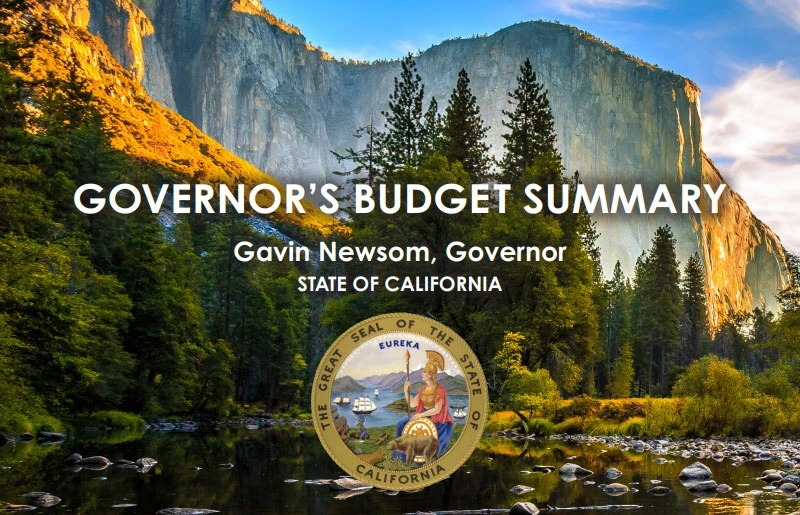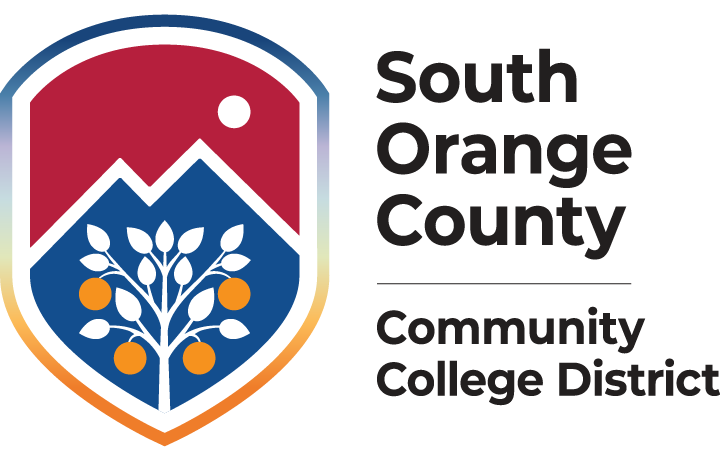
To: Colleagues
From: Ann-Marie Gabel – Vice Chancellor, Business Services
Date: January 13, 2025
Re: Governor’s 2025-26 Budget
Last Friday, Governor Newsom presented his budget proposal for the 2025-26 fiscal year totaling $308.6 billion, an increase of around two percent. The State budget is stronger than in the past several years due to an improved economic outlook and upturn in the stock market. Personal income and sales and use taxes are much higher than previous years and together account for 75 percent of the total general fund revenues. Overall, the budget is $16.5 billion (2.7%) higher over the three-year budget picture. In his message, the Governor stated: “…the budget presented today builds on a framework that balanced the books over two years instead of just one – an unprecedented effort to address the budget shortfall we faced.”
Community College Specifics
Community colleges will experience a modest $227 million (1.7%) increase in funding over the revised 2024-25 funding going from $13.4 billion to $13.6 billion. However, when compared to the 2024 Enacted Budget, the increase is much larger at $782 million.
The Governor reiterated the commitment for shared priorities benefitting students between the University of California, the California State University, and the California Community College systems by adding more than $100 million to implement the key priorities within the new Master Plan for Career Education.
The major components of the community colleges’ budget and the impacts on our District are as follows.
Unrestricted General Fund:
• $230.4 million (2.43%) cost-of-living adjustment (COLA). This will provide an estimated $5.3 million increase for our DRAC model.
•
$30.4 million (0.5%) for enrollment growth. Unfortunately, this amount is below the amount requested by the State Chancellor’s Office and will result in unfunded FTES for the District and throughout the State since the State FTES is growing by an average of 1.5%. This funding will provide $824 thousand in additional funds for the DRAC model.
• $0.95 million (2.43%) cost-of-living adjustment (COLA) for mandated cost block grant program. This will provide an estimated $24 thousand increase for our DRAC model.
Restricted Funds:
In addition to the cost-of-living adjustment for a select few categorical programs, the Governor provided some new ongoing grant resources and significant one-time funds for investments in two technology initiatives, credit for prior learning programs, and capital outlay projects as explained below. The estimated District allocations are based upon our current percentage of the statewide share.
Ongoing Resources:
• $27.7 million (2.43%) cost of living adjustment (COLA) for Adult Education, EOPS, CARE, DSPS, Apprenticeship, CalWORKS, and Child Care Tax Bailout. This will provide an estimated $299 thousand increase to our programs.
• $30 million to expand the Rising Scholars Network which provides educational opportunities to students impacted by the criminal justice system. It is unknown whether our allocation for this program will be increased or not.
• $29 million for the creation of a systemwide common data platform. It is unknown how these ongoing resources will be allocated so no estimate has been made of the impact on our District.
• $7 million for the creation and expansion of credit for prior learning policies. It is unknown how these ongoing resources will be allocated so no estimate has been made of the impact on our District.
One-Time Resources:
• $168 million for completion of the Statewide Technology Transformation project which will streamline and standardize data collection across the system and create a cloud-based common enterprise system for use by all districts.
• $133.5 million for the development of a common cloud data platform across the community college system. It hopes to “support the Career Education Master Plan by integrating the Program Pathways Mapper AI, eTranscript California, the Mapping Articulated Pathways platform, and the CSU Transfer Planner.”
• $93 million to expand the existing credit for prior learning policies by “developing and beta-testing an outcomes based funding model that will support community college districts in the integration of credit for prior learning into the enrollment process.”
• $80.9 million to fund 31 capital outlay projects utilizing the newly approved Proposition 2 and the last of Proposition 51 funds that were approved by the voters in 2024 and 2016, respectively. Unfortunately, neither of our two Final Project Proposals (IVC Building A and SC Fine Arts Complex) were included within this allocation.
The release of the Governor’s budget proposal is the first step in the budget process for the 2025-26 fiscal year. In the next few days, the Department of Finance will release the budget bill and any related trailer bills, and the Assembly and Senate will begin their budget debates. These debates will continue through the May Revise and until a final budget is adopted in June.
The District will use these proposals to begin our own budgeting process working with the District Resources Allocation Council (DRAC). We will continue to monitor the proposals closely and will budget them once funding is assured. Our Tentative Budget will be presented to the Board of Trustees for approval at the June 23, 2025, meeting.
For individuals who want more information on the budget, the Joint Analysis prepared by the California Community Colleges Chancellor’s Office, Association of Chief Business Officials (ACBO), Association of California Community College Administrators (ACCCA), and the Community College League of California (CCLC), can be found at this link and the Governor’s Budget Summary can be found here.
Vice Chancellor Gabel can be reached via email at agabel@socccd.edu.
